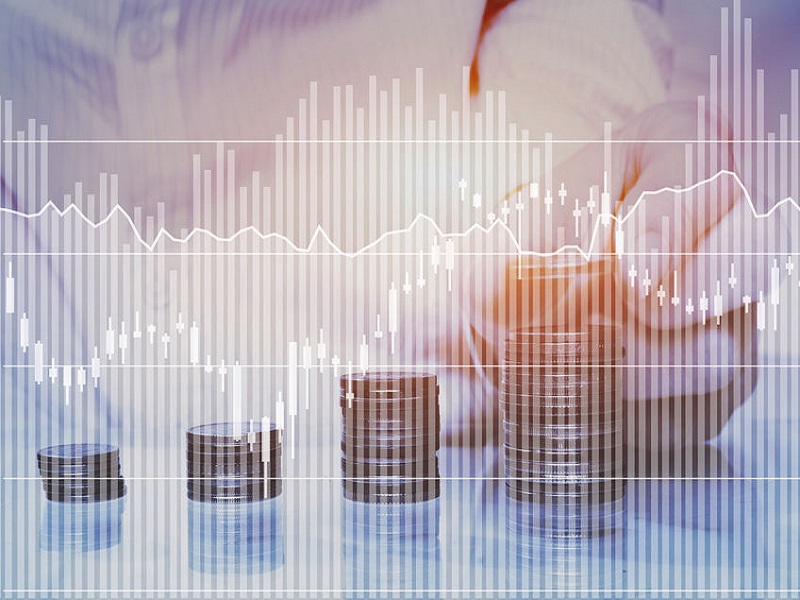

United States 10-year bond yields have risen substantially from their lows of 0.50 per cent last summer, hitting 1.6 per cent by late February. Canadian 10-year yields have taken a similar trajectory to reach a range of 1.5 per cent in March, which is up from 0.43 per cent in August.
At the short end of the yield curve, the market is expecting the first U.S. Federal Reserve interest-rate hike in 2023, and the first Bank of Canada hike in summer 2022.
Read: Institutional investors see vaccinations, stimulus as paving the way to economic recovery
What’s driving bond yields higher?
Nominal yields are comprised of two parts: inflation expectations and real yields. These two discrete items were responsible for pushing up yields in two phases from August 2020 to now:
1. August 2020 to end of January 2021:
This was a ‘reflation phase,’ marked by a modest rise in nominals/entirely break-evens, as inflation expectations slowly rose from very depressed levels of 0.5 per cent in March 2020. U.S. inflation linked bonds now reflect market expectations that the consumer price index will rise to just over two per cent by the end of 2021.
2. End of January 2021 to the present:
The more recent move has been driven by a rise in real yields while inflation expectations have remained flat. A rise in real yields indicates optimism about real economic growth and it’s generally a positive sign as the economy recovers; however, if real yields rise too quickly, they may pose a risk to equity markets and to expectations for economic growth.
Where are rates heading?
The rise in yields should be limited. The U.S. 10-year yield is unlikely to exceed two per cent over the next six months, based on expectations that inflation will remain contained due to significant economic slack. The labour markets, while showing some initial signs of improvement, remain quite weak. Structural phenomena, including demographics and lower economic growth, could also dampen inflationary pressure.
Read: Nav Canada, Goodyear share experiences with LDI in low interest rate world
Therefore, while U.S. inflation-linked bonds point to an expectation of prices rising, I believe that persistent inflation, should it materialize, remains many years away. In fact, the Fed’s own policymakers don’t think inflation will reach two per cent until 2023, though there may be some spikes in the consumer price index along the way. We’re entering a three-month period right now, for example, where there’ll be year-over-year comparisons to the worst retrenchment of the pandemic. Remember those negative oil prices? As a result, expect the consumer price index to rise through May. But with some 18 million unemployed in the U.S., it’s difficult to envision an imminent surge of demand to underpin a sustained inflation in the short term.
What are the key indicators/events to watch?
Pay attention to central banks’ reactions to the rise in interest rates. To date, the Fed and the Bank of Canada have been trying to quell the bond markets with the reassurance that they will keep short-term rates close to zero while continuing to buy bonds as the economy recovers. Should yields continue to rise to a point that risks destabilizing the recovery, the central banks have a number of tools at their disposal. The U.S. and Canadian banks could increase bond-purchase programs or implement yield curve control. For the latter, the banks could target a specific term-to-maturity and buy bonds in that term until the yield reaches their target.
At the end of February, the Reserve Bank of Australia doubled down on bond purchases as policy makers around the world seek to hold runaway bets on reflation in check. Therefore, even as the back-up in yields has kept market participants glued to their screens, the near term excitement may be overstated.
Catherine Heath is a vice-president, portfolio manager at Leith Wheeler Investment Counsel. These views are those of the author and not necessarily those of the Canadian Investment Review.
